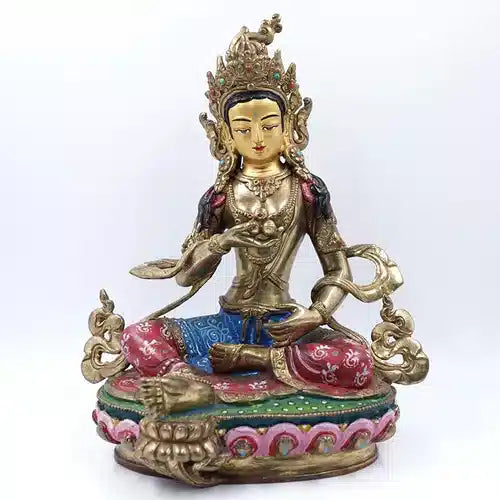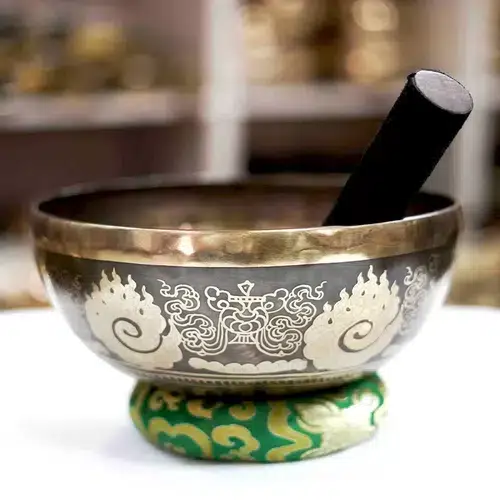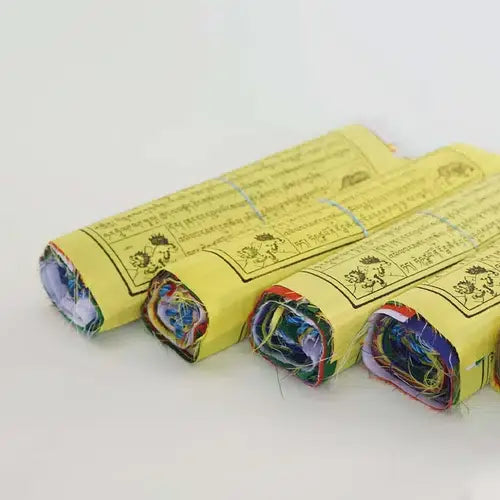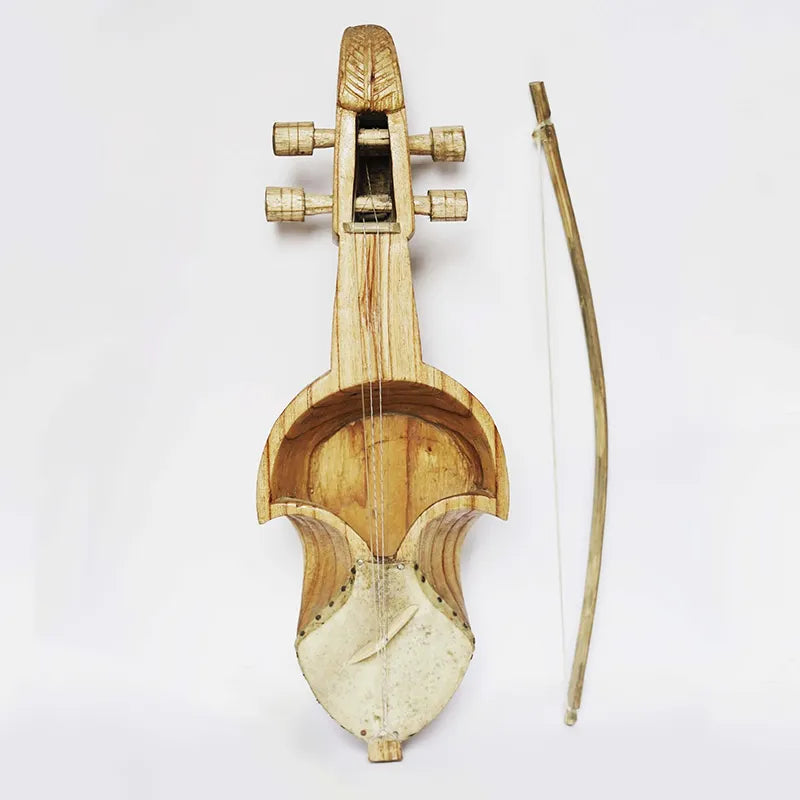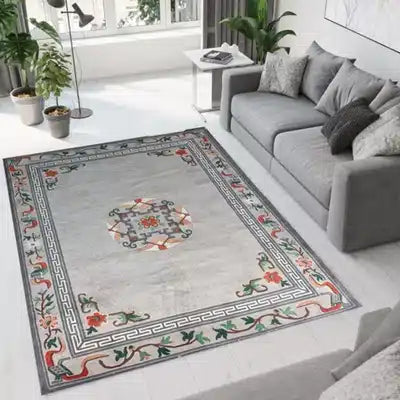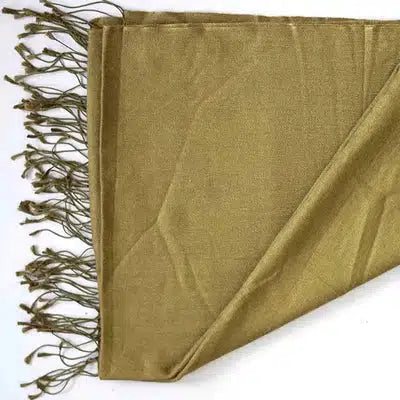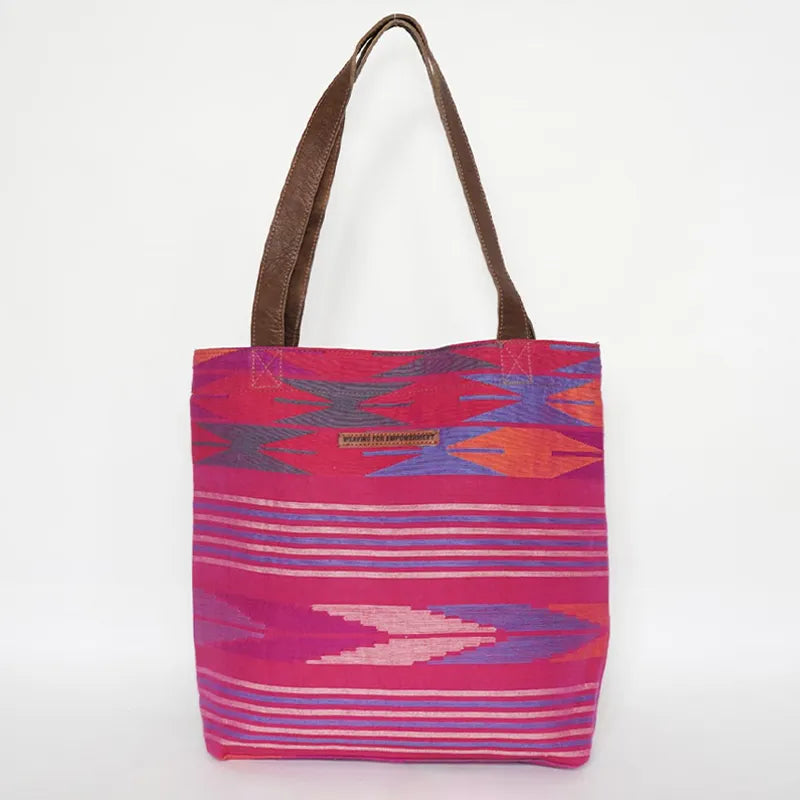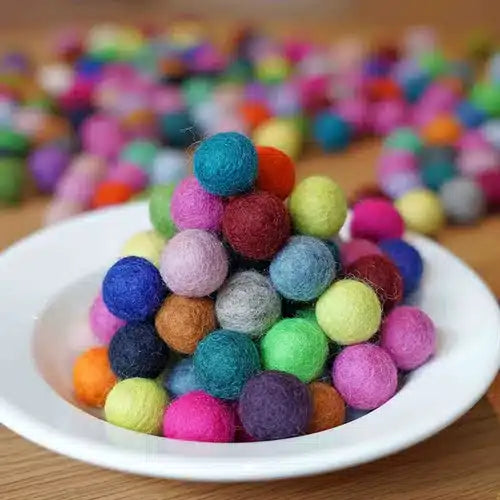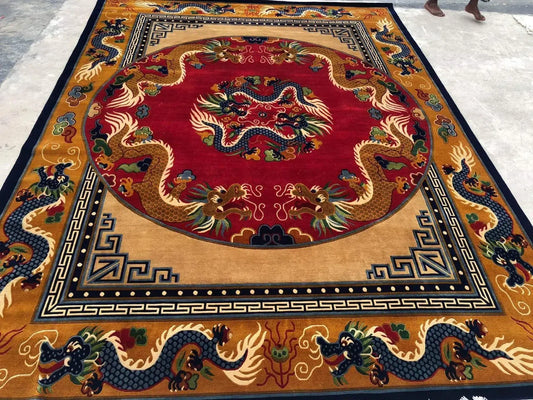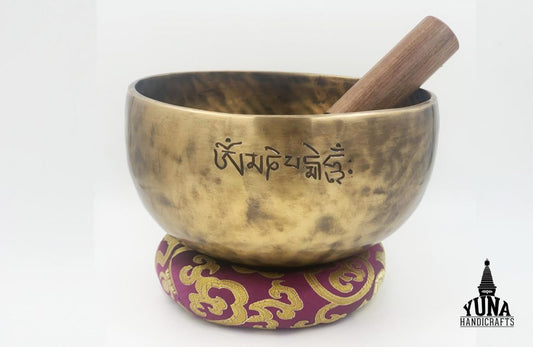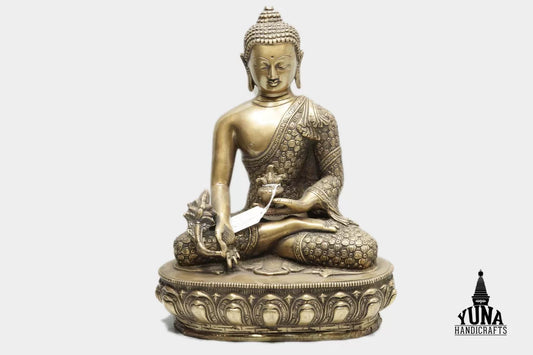Buy High Quality Nepali Handicrafts and Tibetan Handicrafts
-
100% Genuine Nepali Handicrafts
We offer only premium, genuine items. Each product is carefully inspected to meet our high-quality standards.
-
Ethically Made & Locally Sourced
Your purchase supports sustainable livelihoods and empowers families in rural Nepal.
-
Free Global Shipping
Enjoy free worldwide shipping, with every item sent directly from the heart of the Himalayas.
Bestsellers from Yuna Handicrafts
-
Endless Knot Tibetan Rugs
Regular price From $900.00 USDRegular price -
High Quality Full Moon Singing Bowl
Regular price From $150.00 USDRegular price -
Tibetan Medicine Buddha Statue
Regular price $572.00 USDRegular price -
3 Chirra Kukri Made In Nepal
Regular price From $130.00 USDRegular price



